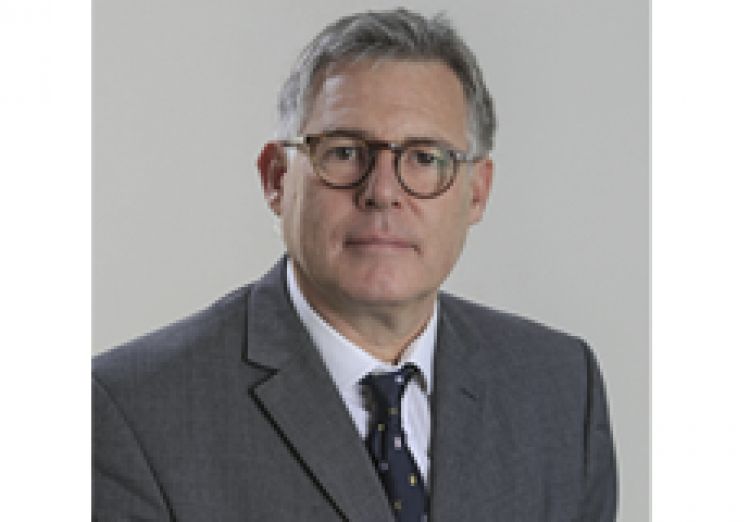New chair: Make the Airmic experience more personal

In his first interview as chairman, Patrick Smith sets out his vision for Airmic. He has a wide-ranging agenda, from embracing virtual technology to making the Airmic offering more bespoke. But all of these are part of the same theme: this year, he says, the focus will be all about the members.
For Patrick Smith, who took over as chair of Airmic at the annual conference in June, his year will be focused upon driving what Airmic provides for its membership. “We need to redouble our efforts to understand the needs of our members, their challenges and what we need to do to deliver effective support,” he says. “And from that, we can create a clear vision of what Airmic should look like in 2020”.
Airmic does lots of things extremely well, he believes, and much of the membership growth it has seen over the past five years has been on the back of its growing stature and range of member services. But like all things, there is room for improvement. “For example, we need to be more creative about how we engage with members. At present, over 60% of members attend Airmic events, which is good – but what about the other 40%? What more can we do to meet their needs?”
Increasing virtual engagement
Answering this question will be one of the objectives of the new membership committee which Patrick chairs. For Smith, embracing technology will be key. ”Airmic has made a good start with events like Airmic Live but we need to do more to make sure we have portable collateral. For example, I believe that we need to increase our virtual engagement to grow overall engagement.”
Smith also aims to provide a more tailored offering to the membership – through member “segmentation”. fastTrack, an initiative aimed at members new to risk and insurance, was a great example of that, and next on the agenda is the creation of the Advisory Board which will be made up of some of Airmic’s most experienced members and industry leaders. “And there are other potential ways we can do more to meet the needs of specific groups of members,” he says.
Segmentation not only makes the association “more personal”, it also encourages and supports diversity, Smith believes. “I hope it will highlight the variety of people we already have within the association – be it regional diversity, gender diversity, or the varying degrees of experience and job roles.”
Casting the net wider
Another focus of the membership committee will be to grow the membership outside of its traditional base: “In developing a growth strategy, we should be considering all people who have an interest in risk and insurance within their organisations, not just full time risk and insurance managers.” He stresses that this will not be about reinventing Airmic’s offering but rather adapting what it already offers to other people: “I’m absolutely sure we have a fantastic offering for many potential members who may not even know we exist.”
Smith is one of the few Airmic chairmen to have the title of chief risk officer in their day job. This is fitting given Airmic’s aim of helping its members take on more senior risk roles within their organisations. One of Smith’s key objectives will, therefore, be to help the association equip its members with the necessary tools. “It is often documented that the challenge for risk managers is to get board engagement. The challenge for Airmic is therefore to give members content which helps them to be engaging! This objective will drive our thinking about future research."
This means thinking through how we can help our members to develop leadership skills as well as technical knowledge and ability. “In my career I have lost far less sleep about what I’m going to do from a technical point of view than about how I’m going to present it and get the required buy-in. But I believe everyone can do it well if they have the confidence and support.”
Strategic review
Ultimately, Smith says he wants to build on the momentum of previous years to ensure Airmic sets the standard for membership associations. Part of this is about looking inwards with a critical eye. Indeed, one of Airmic’s core projects for the next 12 months is to undertake a strategic review of its entire membership offering: a task that is already underway.
But it will also be about learning from others – looking at other similarly sized organisations both inside and outside of risk and insurance and seeing what they are doing well or not so well. ”Ultimately,” Smith says, “I want us to be asking all the time: how can we improve our offering to both existing and potential members? That’s the question we should be obsessed with.”
Patrick Smith: "We need to be more creative"
